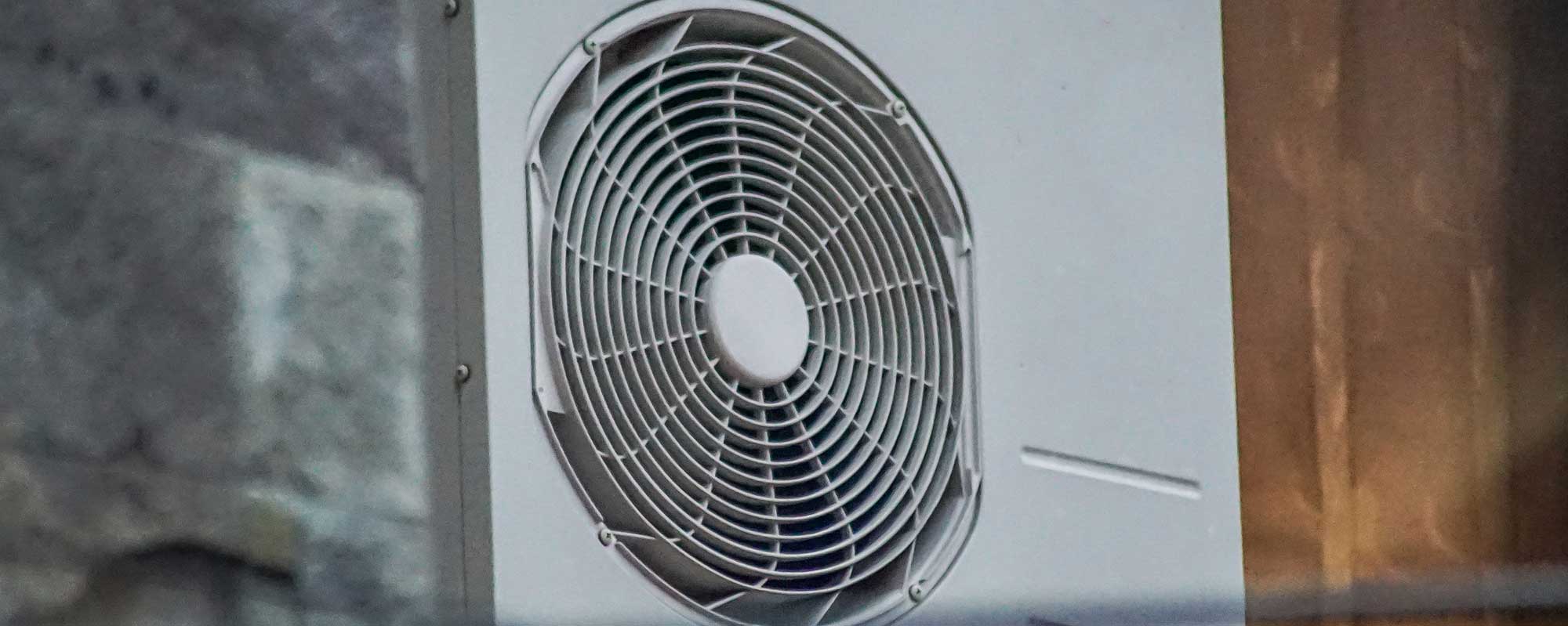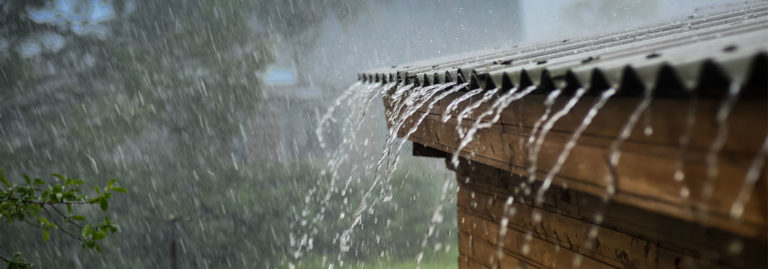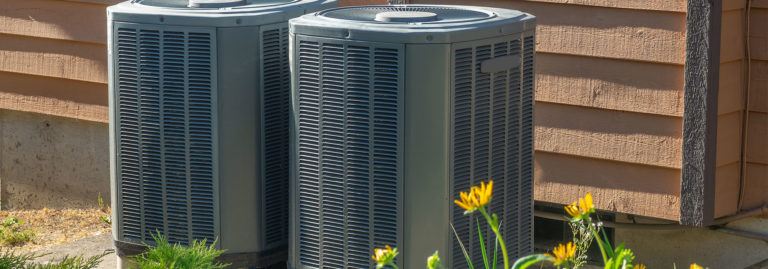What does an Air Handler do?
The only thing most Sarasota homeowners know about their air conditioning system is that it keeps their homes reliably cool throughout the year. But there’s more to the average AC unit than meets the eye. Our focus for today is on the air handler, which could be considered the unsung hero of your home’s A/C system.
How Your HVAC System Handles Air
To get the ball rolling on the air conditioning process, your A/C system needs a way to move air around. No movement equals little to cooling. An air handler solves this by putting together all of the parts needed to push air around and keep your home comfortable.
Air handlers are used in unison with your A/C system’s indoor and outdoor units. Depending on the system, you’ll find the air handler as a major part of your central AC system’s indoor unit or within the forward portion of your window-mounted air conditioner.
You’ll find air handlers connected to a central A/C’s ductwork system, distributing cool air throughout your home. Mini-splits can have multiple air handlers mounted to the wall and each can be controlled individually to provide zoned air conditioning.
Air Handling Components
Every air handler has the following parts, whether it’s part of a central A/C system, a ductless mini-split or even a small portable A/C unit:
- The evaporator or indoor coil, which helps remove latent heat and excess humidity from the surrounding air.
- The blower fan, which not only pulls air in via the return ducts or inlet but also pushes air out into the indoor space.
- The air filter, which sits between the intake and blower fan to keep dust, debris and other unwanted particles and pollutants out of your air handler.
Depending on the type and model of air conditioning unit, your air handler may have a blower fan with a single-speed or variable-speed motor. The latter is more efficient as it can run at low speeds to conserve energy usage. Running a variable-speed blower fan on its lowest setting can also ensure constant, yet efficient air flow that helps improve overall indoor air quality.
What If There’s No Air Flow?
If you can’t get any air flowing from your air handler, then consider these common troubleshooting scenarios:
- A faulty blower fan whose motor stops working or fan is heavily damaged.
- Debris-covered evaporator coils that make it hard, if not impossible, for air to freely pass through.
- Dirty air filters that choke off air flow unless they’re replaced.
- A closed supply vent that’s unbalancing the entire AC system.
- Torn or disconnected ducts that prevent cool air from reaching you.
- Constant power losses caused by a tripped circuit breaker.
- Strange noises that continue with use.
Older air handlers aren’t as effective at keeping down energy costs, so a brand-new replacement can help reduce your energy bill. A new air handler also gives you greater peace of mind over your A/C system’s longevity.
Need Air Conditioning Repair? Talk to your air conditioning repair experts at Airrific Air Conditioning & Heating today! Call (941) 371-3355.







